Summary
- What is DTF printing and how does it work?
- Why is DTF perfect for custom oversized T-shirts?
- Comparison of DTF with other printing techniques for oversized T-shirts
- How to customise an oversized T-shirt with DTF: a practical guide to successful printing
- Conclusion: DTF printing, the key to successful customised oversized T-shirts
In the fashion industry, customisation has become a real asset for standing out from the crowd. If you are a brand creator, event professional or simply passionate about the art of customising textiles, the customised oversized T-shirt is an essential must-have. Whether for bold fashion collections, merchandising products or group clothing, the oversized T-shirt is the ideal medium for expressing your creativity.
However, to ensure your design is a real success, it is essential to choose the right printing technique. Among the many options available, DTF (Direct To Film) printing stands out for its flexibility, quality and durability, making it the perfect solution for oversized T-shirts. This printing method offers clean, precise and durable results, even on thick or dark fabrics, which are often used for oversized T-shirts.
In this article, we will guide you through the advantages of DTF printing for creating your oversized T-shirts, compare this technique with other popular methods, and explain the key steps for a successful customisation project. Whether you're a beginner or a professional, this guide will give you all the information you need to create unique, high-quality designs while ensuring exceptional durability for your products.
What is DTF printing and how does it work?
When it comes to customising an oversized T-shirt, choosing the right printing technique is essential to achieve a result that is both attractive, durable and comfortable. Among the existing methods, DTF (Direct To Film) printing stands out as an innovative and versatile solution, perfectly suited to the demands of modern textiles.
What is DTF printing?
DTF (Direct To Film) printing is a technique that involves printing a design onto a transfer film and then fixing it to the fabric using a heat press. Unlike other processes such as screen printing, which requires special frames, or sublimation, which is limited to light-coloured polyester textiles, DTF offers great freedom in terms of colours, materials and details.
In other words, this technology produces colourful, sharp and durable prints, even on demanding fabrics such as thick cotton, which is often preferred for oversized T-shirts. To find out more about this printing technology, please read our explanatory article, where you will find everything you need to know about DTF printing.
At Tissus Print, your French textile printer, you can order your customised DTF film directly by the piece or by the linear metre.
How does it work?
The DTF printing process involves several key steps:
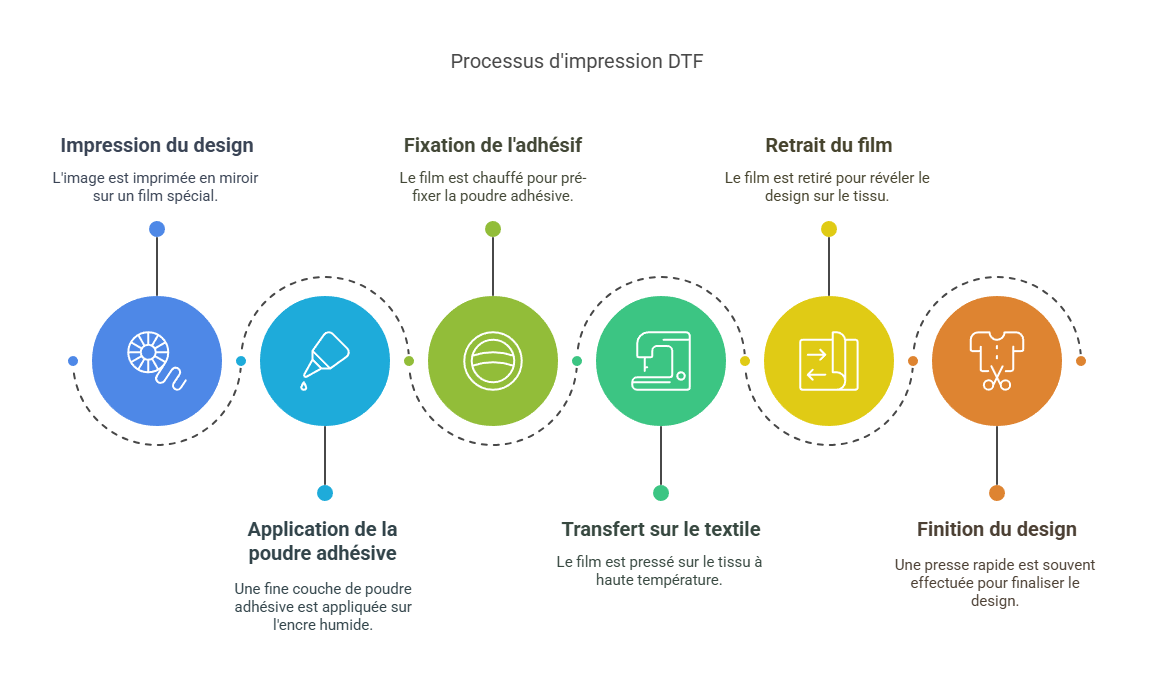
- Printing the design: The image is mirror-printed onto a special film using an inkjet printer. This step allows complex designs to be reproduced, with subtle gradients, fine details and vibrant colours.
- Application of an adhesive powder: A thin layer of heat-activated powder is sprinkled onto the still-wet ink. This coating plays a crucial role: it ensures that the image adheres perfectly to the fabric during transfer.
- Fixing the adhesive: The film is then exposed to a heat source to pre-fix the powder, ensuring a clean and even transfer onto the T-shirt.
- Transfer onto the fabric: The film is placed on the fabric and pressed at a high temperature. Under the effect of heat, the adhesive fuses with the fibres of the fabric, creating a flexible and durable finish.
- Film removal and finishing: Once the film is removed, the image is perfectly integrated into the T-shirt, offering a light and breathable feel. To maximise the durability of the design, a second quick press is often carried out.
Please note: the DTF printer prints in CMYK + White.
Why is DTF particularly suitable for oversized T-shirts?
Oversized T-shirts, with their loose fit and flowing drape, require customisation that does not stiffen or distort the fabric. DTF printing stands out for:
- Optimal flexibility: Unlike heat-activated flex, which sometimes adds a stiff layer to the fabric, DTF remains flexible and follows the natural movement of the garment.
- Breathable printing: Ideal for cotton or blended T-shirts, DTF does not clog the fibres, thus avoiding the "plasticised" effect sometimes found on poor-quality prints.
- Perfect adhesion to heavy textiles: Oversized T-shirts are often made from heavyweight fabrics (200g/m² and above). Thanks to its powerful adhesion, DTF ensures a flawless finish, even on thick fabrics.
In short, this technique allows fashion designers, emerging brands and event professionals to bring impactful designs to life, while ensuring optimal comfort for those who wear them.
Why is DTF perfect for custom oversized T-shirts?
When we talk about custom oversized T-shirts, we immediately imagine a flowing cut, a natural drape and absolute comfort. But to ensure that customisation does not compromise these qualities, it is essential to choose the right printing technique. DTF (Direct To Film) printing meets these requirements perfectly, thanks to its flexibility, durability and ability to adapt to all types of textiles. Here's why DTF is the best option for customising an oversized T-shirt while maintaining its style and quality.
1. Excellent durability and wash resistance
An oversized T-shirt is designed to be worn often and for a long time. Whether for a streetwear collection, a team uniform or a promotional product, the printed design must withstand numerous washes without deteriorating.
Where some prints crack, fade or become distorted after a few washes, DTF ensures exceptional longevity:
- No cracking or discolouration: Unlike flex, which can peel off, DTF fuses with the fibres of the fabric for a durable finish.
- Resistance to frequent washing: Even after several cycles at 40°C, colours remain bright and contours sharp.
- Preserved flexibility: No stiff or cardboard effect, ideal for maintaining the fluidity of oversized T-shirts.
Real-life example: A streetwear brand wants to print a detailed logo in large format on an oversized T-shirt made of thick cotton. With DTF, the design remains sharp and intense, even after several months of use.
2. Printing suitable for all textiles and colours
One of the main advantages of DTF is its versatility. Unlike sublimation, which only works on light-coloured polyester, or screen printing, which has colour and quantity restrictions, DTF can be used to print on all types of T-shirts, regardless of their colour or material.
- Printing on cotton, polyester and blends: Perfect for oversized T-shirts, which are often made from heavyweight cotton or technical fabrics.
- Ideal for dark textiles: Thanks to a white base under the print, DTF guarantees a vibrant finish on black, charcoal grey or navy blue T-shirts.
Real-life example: An event organiser wants to create black oversized T-shirts for their staff, with a detailed and colourful design. Thanks to DTF, they can achieve a clear and durable print with no colour restrictions.
3. Exceptional print quality, even on large formats
Oversized T-shirts offer a large print area, perfect for XXL designs, artistic visuals or large logos. DTF printing excels in this area, allowing for ultra-precise designs with:
- Fine details and flawless gradients: Ideal for complex designs, graphic effects and rich textures.
- Vibrant, true-to-life colours: DTF ink offers intense saturation, perfect for streetwear or artistic collections.
- A pleasant texture: The print remains light to the touch, with no plasticised effect.
Real-life example: A fashion designer wants to launch a collection of oversized T-shirts with detailed illustrations and gradients. With DTF, every line and shade is faithfully reproduced, giving a finish worthy of a premium garment.
4. A flexible and economical solution for designers and brands
Whether you are a young brand, a freelance graphic designer or an event professional, DTF is an accessible and effective option for customising oversized T-shirts with no minimum order quantity.
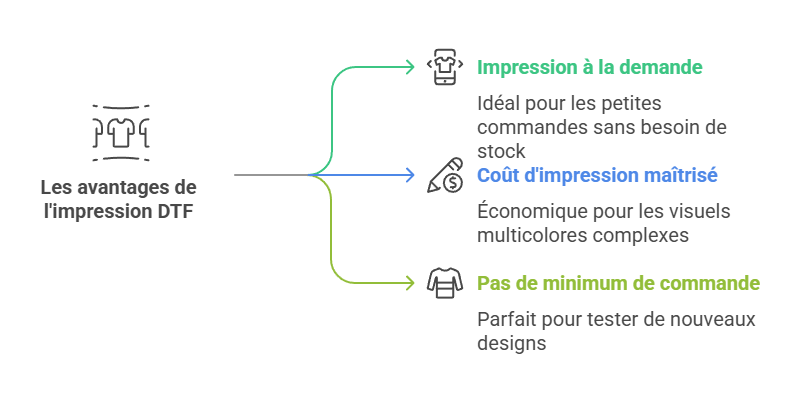
- No minimum order: Unlike screen printing, which often requires large orders, DTF allows you to print individually or in small runs, perfect for testing a design.
- Controlled costs, even for multi-coloured designs: Unlike techniques where each colour adds an extra cost, DTF allows you to print complex designs with no colour restrictions at a competitive price.
- Ideal for print-on-demand: Perfect for online shops that want to offer customised oversized T-shirts without having to hold stock.
Real-life example: An entrepreneur launching a streetwear brand can offer several designs on a trial basis without having to print large quantities. Thanks to DTF, they can adjust their designs according to demand, without any financial loss.
Comparison of DTF with other printing techniques for oversized T-shirts
The textile printing market offers a variety of techniques for customising T-shirts, but not all are equal when it comes to preserving the originality, comfort and durability of an oversized T-shirt. Each printing method has its advantages and disadvantages depending on the type of product and the expectations of the designers. To help you make the right choice, let's compare DTF printing with other popular techniques: screen printing, sublimation and direct-to-garment (DTG) printing.
| Printing technique | Advantages | Disadvantages |
|---|---|---|
| Sublimation | - Excellent quality for light-coloured textiles - Perfect for complex and colourful designs - Durable and washable | - Not compatible with dark fabrics - Requires polyester or synthetic fabric |
| Inkjet printing on cotton | - Ideal for cotton T-shirts - Good detail reproduction - Suitable for small runs | - Less durable than DTF - May deteriorate after several washes - Less suitable for dark fabrics |
| DTF printing | - High print quality on all types of fabric (light or dark) - Perfect for complex designs and large areas - Wash and wear resistant - Suitable for small and large runs | - Requires specialised equipment - Preparation process slightly longer than screen printing |
| Screen printing | - Ideal for large quantities - Very durable and wash-resistant results | - Less suitable for small runs - No fine details or gradients possible - Higher cost for small quantities |
1. DTF vs Screen printing: flexibility and quality
Screen printing is one of the oldest and most widely used techniques for textile printing. However, it imposes constraints in terms of preparation and quantity.
- Minimum quantity: Screen printing only becomes cost-effective when producing large quantities. If you are a small brand or working on small runs, you will often have to bear high production costs.
- Limited to simple designs: Screen printing works very well for logos or single-colour visuals. However, it is not ideal for complex designs with gradients, textures or fine details. On the other hand, DTF allows you to print highly detailed visuals, even on oversized T-shirts with complex patterns.
- Flexibility and comfort: Screen printing can sometimes give a stiffer effect, especially on thick fabrics such as those used for oversized T-shirts. Conversely, DTF offers a softer, lighter print, perfect for keeping the garment lightweight and comfortable.
Real-life example: If you are launching a small collection of oversized T-shirts with detailed, multicoloured designs, DTF printing will be more suitable than screen printing. You can test your designs in small quantities while maintaining the quality of the design.
2. DTF vs Sublimation: performance on dark fabrics
Sublimation is ideal for printing on polyester, but it has significant limitations when it comes to customising oversized T-shirts made of cotton or dark fabrics.
- Limited to polyester and light-coloured fabrics: Sublimation only works on light-coloured polyester textiles. However, oversized T-shirts are often made of cotton or blends, materials that do not allow for effective sublimation.
- Print quality: Sublimation creates vibrant, long-lasting prints, but only on compatible materials. If you want to customise an oversized T-shirt made of black or coloured cotton, DTF is the most suitable technique. DTF works on all types of fabrics and colours, including the darkest ones, and guarantees a vibrant finish.
Real-life example: If you want to customise black oversized cotton T-shirts with detailed designs, DTF printing will ensure better quality and increased durability compared to sublimation.
3. DTF vs DTG: quality on cotton and large prints
Direct-to-garment (DTG) printing allows you to print directly onto the fabric, but has certain limitations in terms of quality and durability, especially on oversized T-shirts.
- Less wash resistance: DTG, although practical for small runs, can suffer from durability issues after several washes. The design may lose its intensity, especially on oversized T-shirts that are often worn regularly.
- Less flexibility than DTF: DTG printing is often thicker and less flexible than DTF. This can affect the comfort of the T-shirt, especially when made from heavy fabrics such as those used for oversized T-shirts.
- Print quality: DTG performs well for multicoloured and highly detailed prints, but it does not have the same precision and durability as DTF, which guarantees an even sharper and more resistant finish on thick textiles.
Real-life example: If you are a fashion designer and want to print fine illustrations on oversized cotton T-shirts, DTF will offer you better quality and wash resistance than DTG.
How to customise an oversized T-shirt with DTF: a practical guide to successful printing
Customising an oversized T-shirt with DTF (Direct To Film) printing is a simple and effective way to create unique designs while ensuring optimal quality. Whether you're a brand just starting out, an independent designer or an event professional, this process offers you unrivalled flexibility and precision. In this guide, we explain the key steps to making your customisation project a success, as well as practical tips for getting the most out of the DTF technique.
1. Choose the right oversized T-shirt for DTF printing
The first step to successful customisation is selecting the right material. For optimal DTF printing, it is essential to take several criteria into account:
- Fabric type: DTF is suitable for a wide range of materials, but it is particularly effective on cotton, polyester and blends. Oversized T-shirts are often made from thick or blended fabrics, so make sure the fabric is compatible with this technology.
- T-shirt colour: DTF works equally well on light and dark fabrics. If you opt for a black or dark blue oversized T-shirt, DTF printing guarantees faithful colour reproduction and wash resistance that will not fade over time.
Practical example: For a line of black oversized T-shirts, choosing a 100% cotton or cotton-polyester blend will not only ensure optimal comfort but also perfect adhesion of the DTF ink.
At Tissus Print, we offer a model of customisable oversized T-shirts for women and a model of customisable oversized T-shirt for men.
2. Prepare the design for DTF printing
Once you have chosen your T-shirt, it's time to move on to the next step: preparing the design. DTF is particularly suitable for detailed, multi-coloured or large designs. Here are a few recommendations to help you succeed in this step:
- Compatible formats: DTF allows for prints ranging from small illustrations to XXL designs covering a large area of the T-shirt. You can therefore give free rein to your creativity without worrying about technical limitations.
- Design resolution: To achieve a sharp print, we recommend working with high-resolution files (minimum 300 dpi). This will ensure precise details and a perfect finish, even on oversized T-shirts where large formats can cause a loss of sharpness with other techniques.
Real-life example: If you are creating an illustration inspired by graphic art or street art for your oversized T-shirt, make sure the lines and gradients are clear and sharp, which will maximise the visual impact of the DTF print.
To learn more about preparing your design, feel free to check out our printing guide.
3. Use an AI image generator to create a unique design
One of the great advantages of DTF is its compatibility with simple design tools, such as AI image generators. If you don't have any graphic design skills or want to save time, you can use an image generator to turn your ideas into a print-ready design.
These tools can be particularly useful for beginner designers looking to customise oversized T-shirts without hiring a graphic designer. In just a few clicks, you can create visuals suitable for DTF printing, while retaining creative freedom.
Real-world example: If you're launching an oversized T-shirt collection for an event, you can use AI to generate custom logos or slogans, then easily print them on your T-shirts.
At Tissus Print, our online oversized T-shirt customisation tool offers an AI design generation option, which is ideal if you want to create your own design from scratch without needing any graphic design software skills.
4. Start DTF printing on your oversized T-shirt
Once your design is ready, all you have to do is start printing. Unlike other techniques that require complex preparation steps, DTF printing is straightforward and fast. It is done in two simple steps:
- Printing on film: The design is first printed on a special film using inks specifically designed for DTF printing. This film is then covered with an adhesive powder, which is heated to fix the design in place.
- Transfer to the T-shirt: The printed film is then positioned on the T-shirt, and the image is transferred under pressure and heat, allowing the ink to fuse with the fibres of the fabric.
The advantage of this method is that printing is not limited to a single type of garment. You can use this technique to customise oversized T-shirts, sweatshirts, or even bags, all with high-quality results.
Real-life example: If you print a large logo or design on an oversized T-shirt, DTF printing will allow you to maintain consistent quality across the entire surface, even on the largest areas of the fabric.
As mentioned earlier in this article, Tissus Print offers you the option of printing your customised T-shirt directly or just your DTF sheet. In the latter case, it is up to you to mark your fabric. If this is your first time doing a textile transfer, feel free to check out our blog article: How to easily apply your transfer film at home?
5. Finishing and caring for your custom oversized T-shirt
After printing, it is important to follow a few steps to ensure that your custom T-shirt remains durable and looks like new. For example:
- Let the T-shirt dry: After printing, it is essential to let the T-shirt rest for a few hours before wearing or washing it. This allows the ink to set properly on the fabric.
- Follow the care instructions: To ensure your customisation lasts, wash the T-shirt inside out and on a cold cycle. Avoid using harsh products or tumble dryers to preserve the quality of the print.
Real-life example: If you have created an oversized T-shirt for a marketing campaign, it is important to advise your customers to follow the care instructions so that the logo or design remains as vibrant as on the first day.
Conclusion: DTF printing, the key to successful customised oversized T-shirts
DTF (Direct To Film) printing is an ideal method for customising oversized T-shirts, offering exceptional precision, increased flexibility and durability that meets the requirements of fashion designers, brands and event professionals. Whether you choose a minimalist or bold design, DTF printing allows you to create vibrant, detailed and durable visuals on all types of fabrics, even the thickest or darkest.
By choosing this technology, you not only ensure optimal comfort for your customers, but also increased wash resistance, while maintaining great creative freedom for your oversized T-shirts. Unlike other methods such as screen printing or sublimation, DTF offers flexibility, reduced production times and the ability to produce small runs or one-off pieces without sacrificing quality.
Whether you're looking to customise a fashion line, event goodies or team clothing, DTF printing is the perfect solution for creating unique, high-quality oversized T-shirts while maintaining product durability.
Start your oversized T-shirt customisation adventure with DTF today and offer your customers original designs that are sure to stand out!



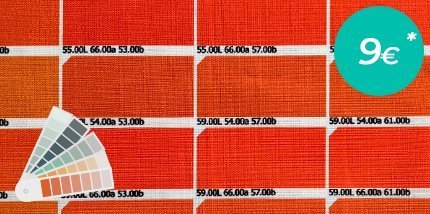

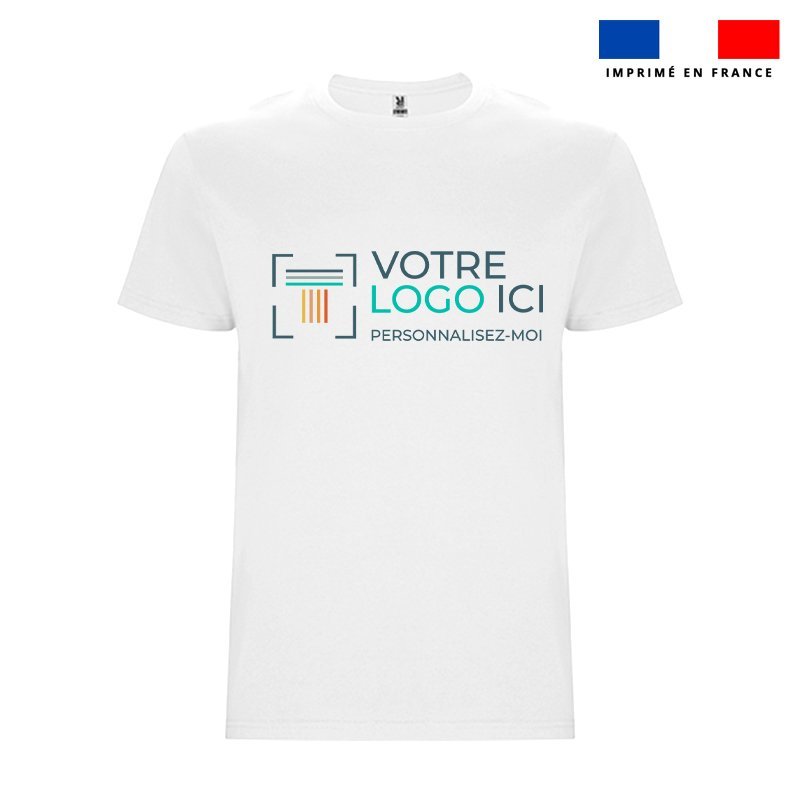
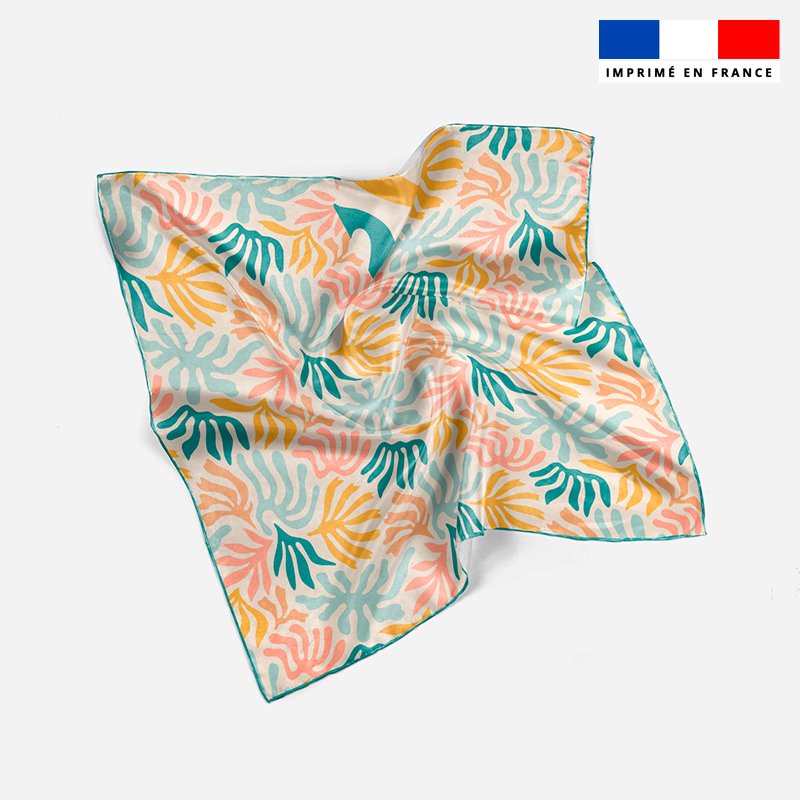
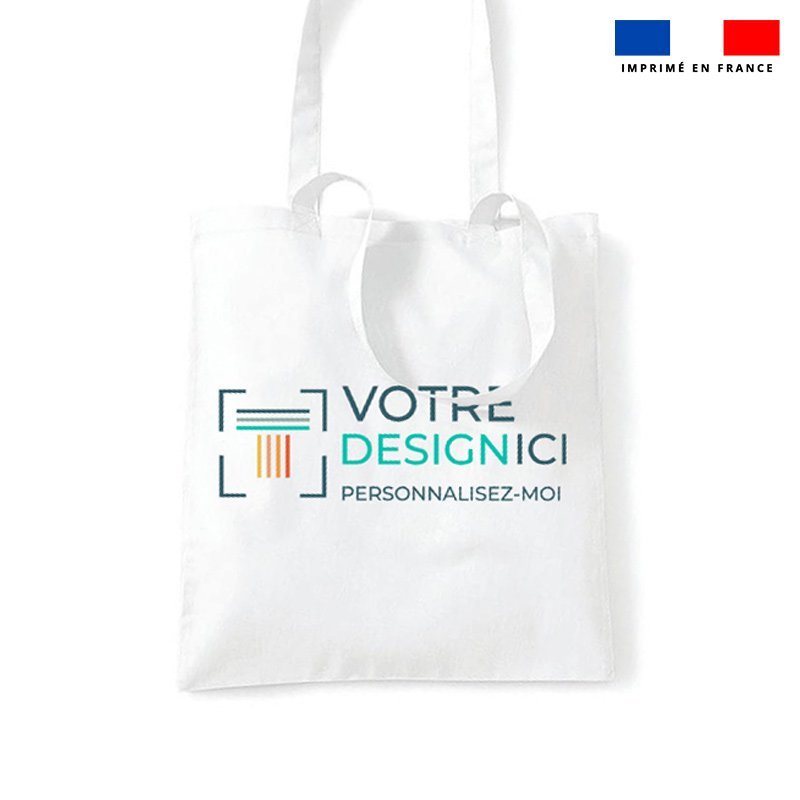
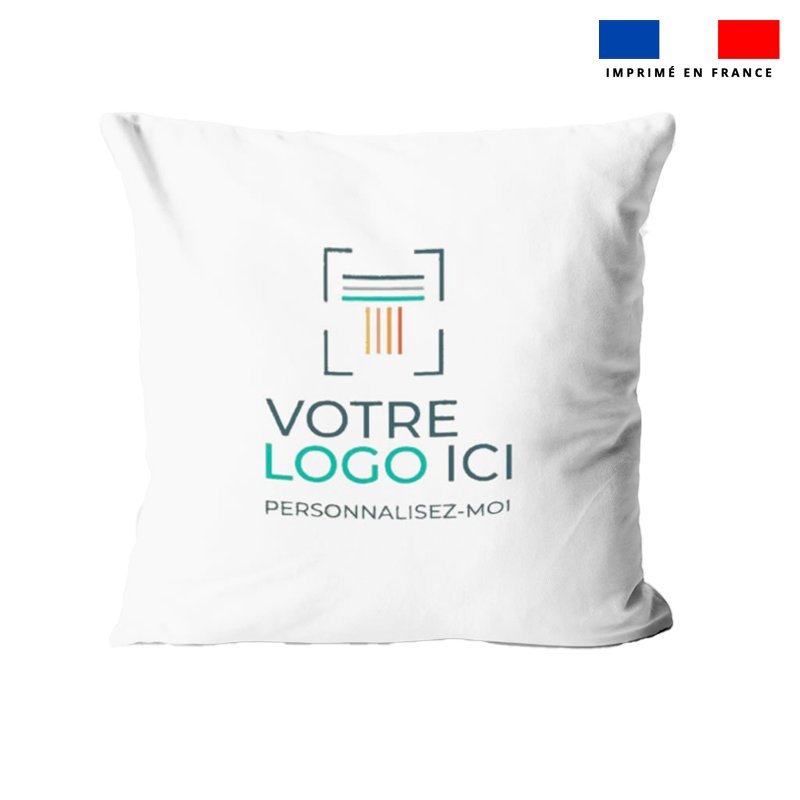
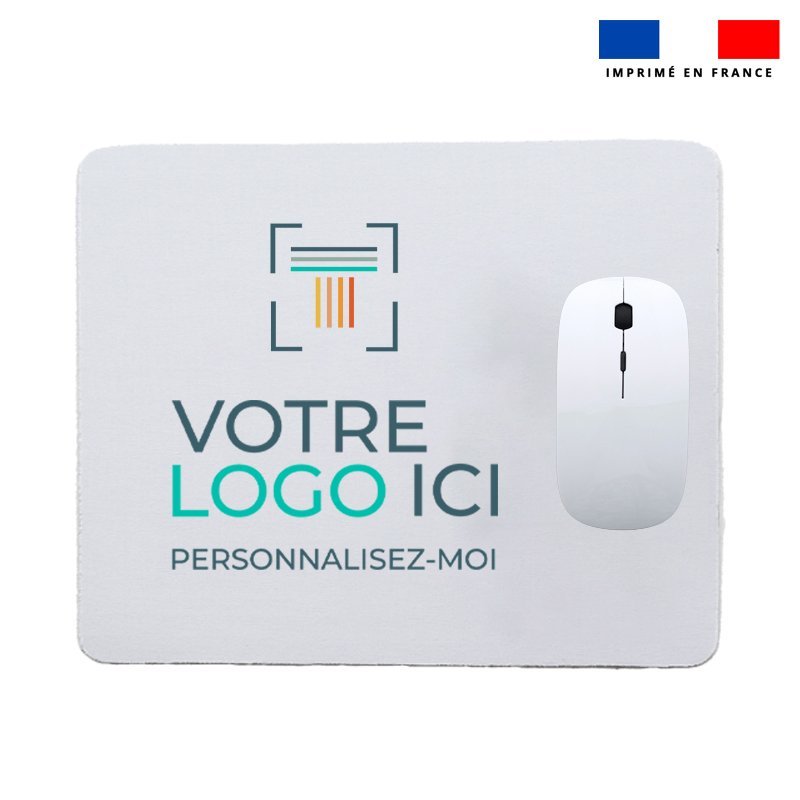
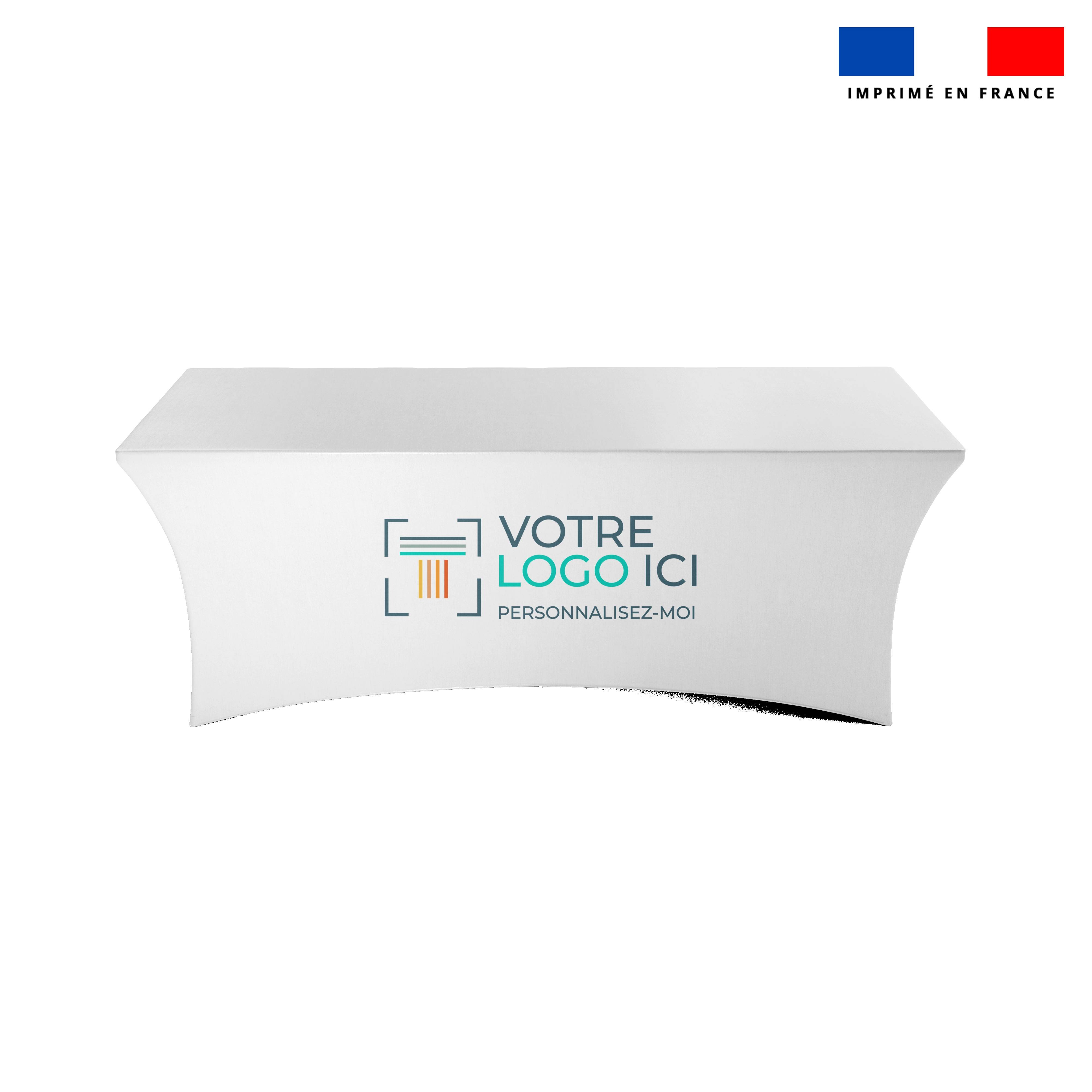
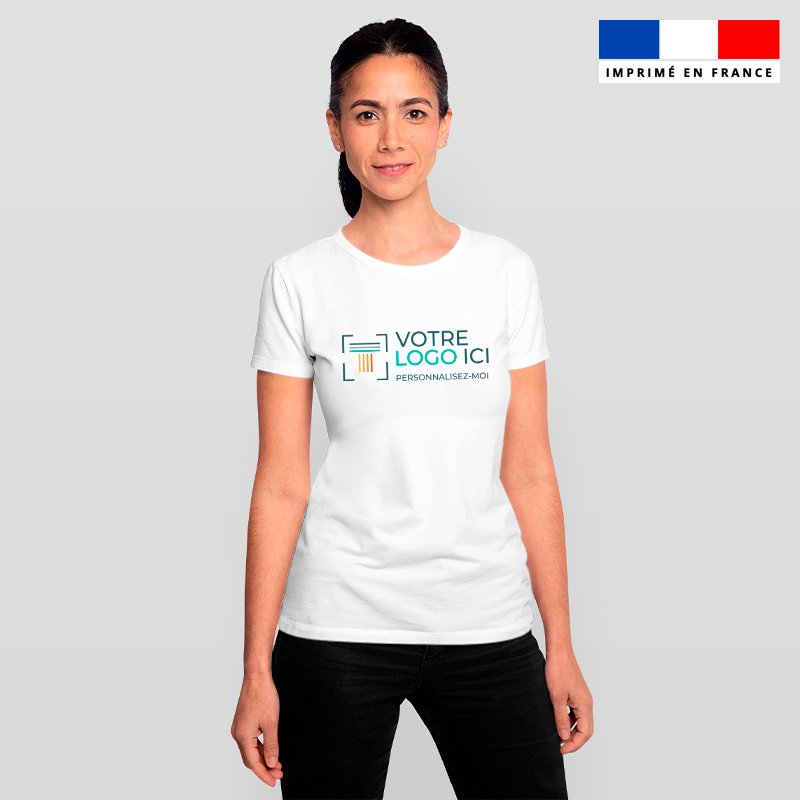
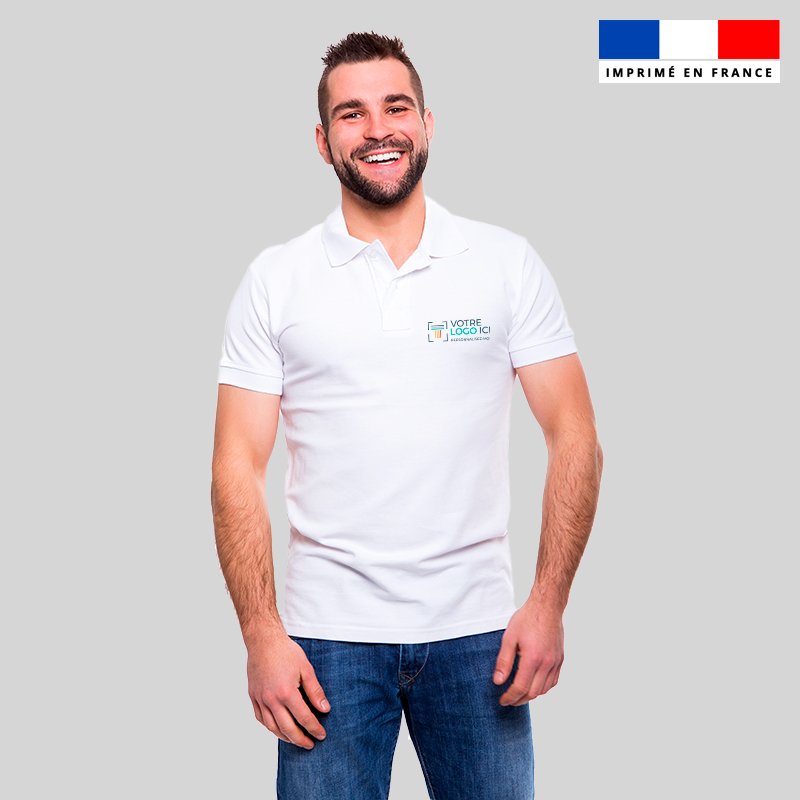
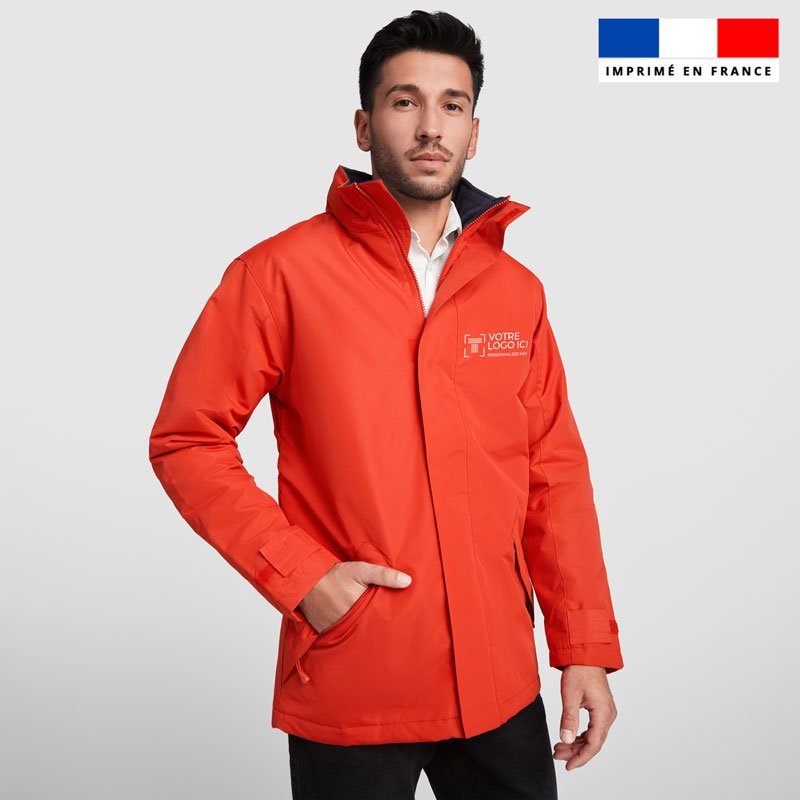
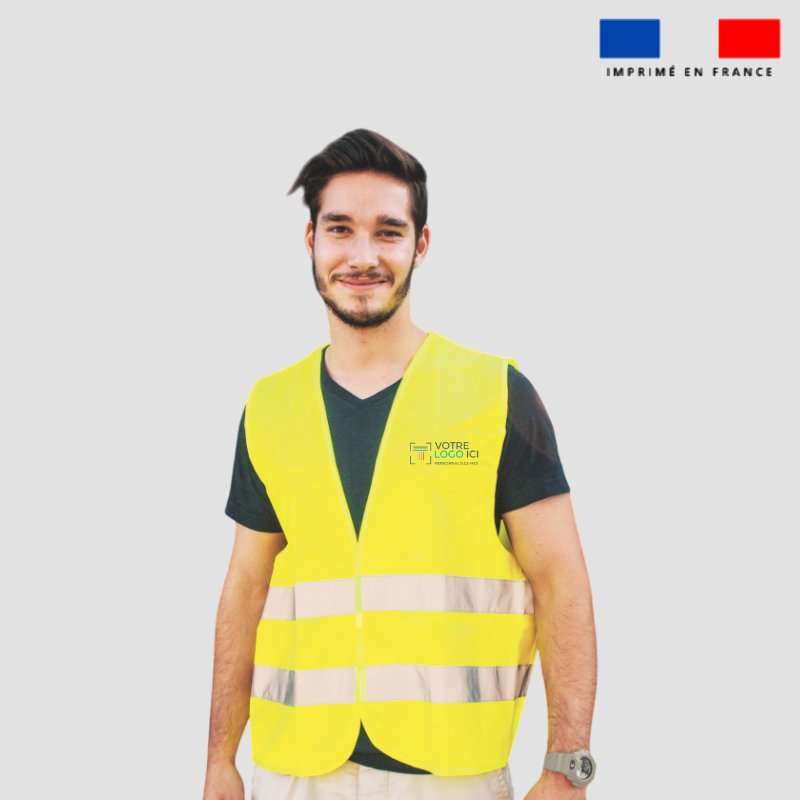
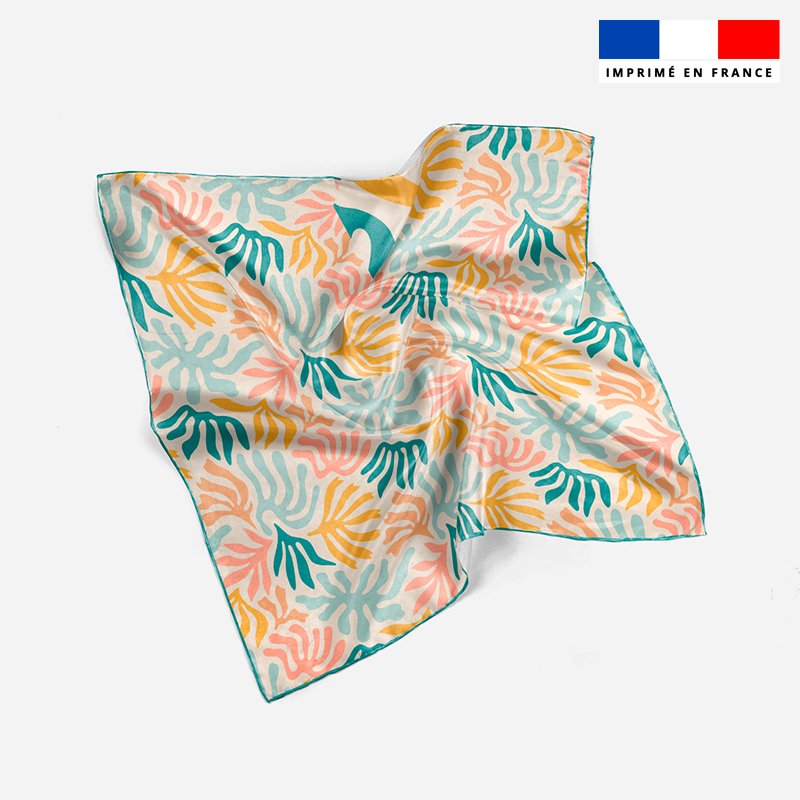
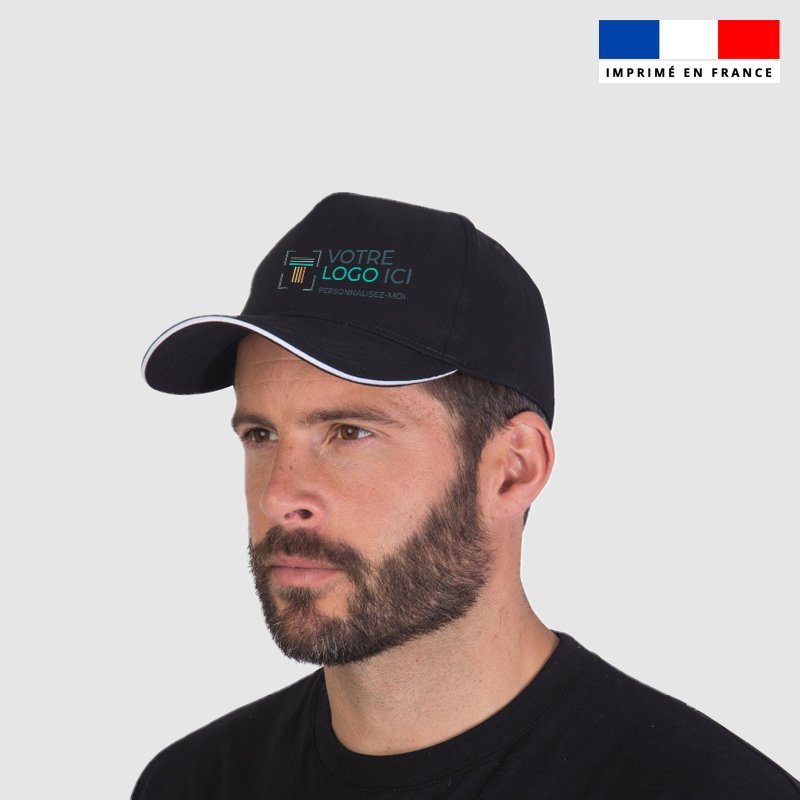
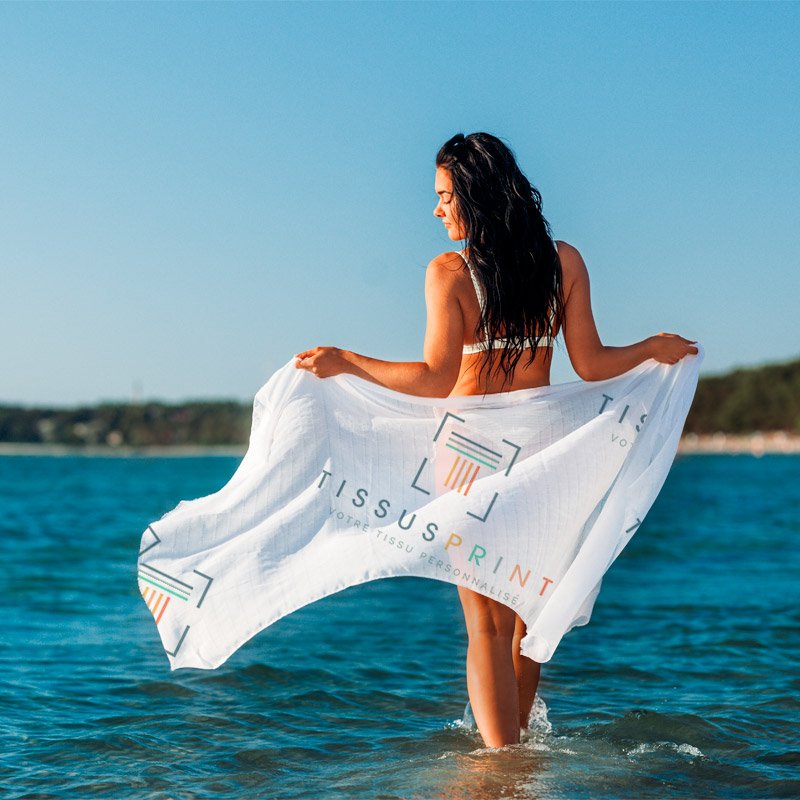
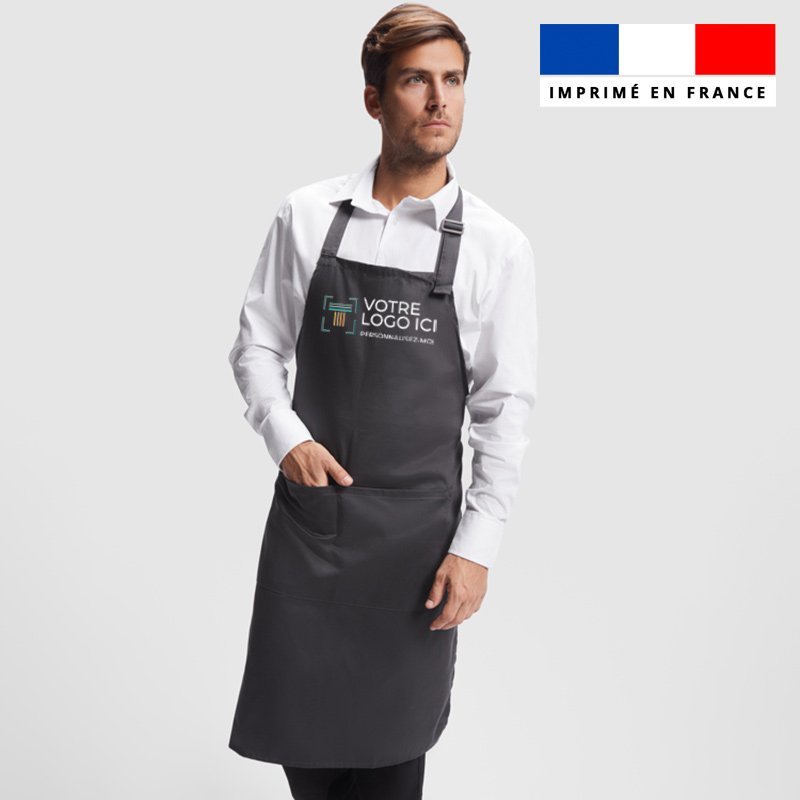
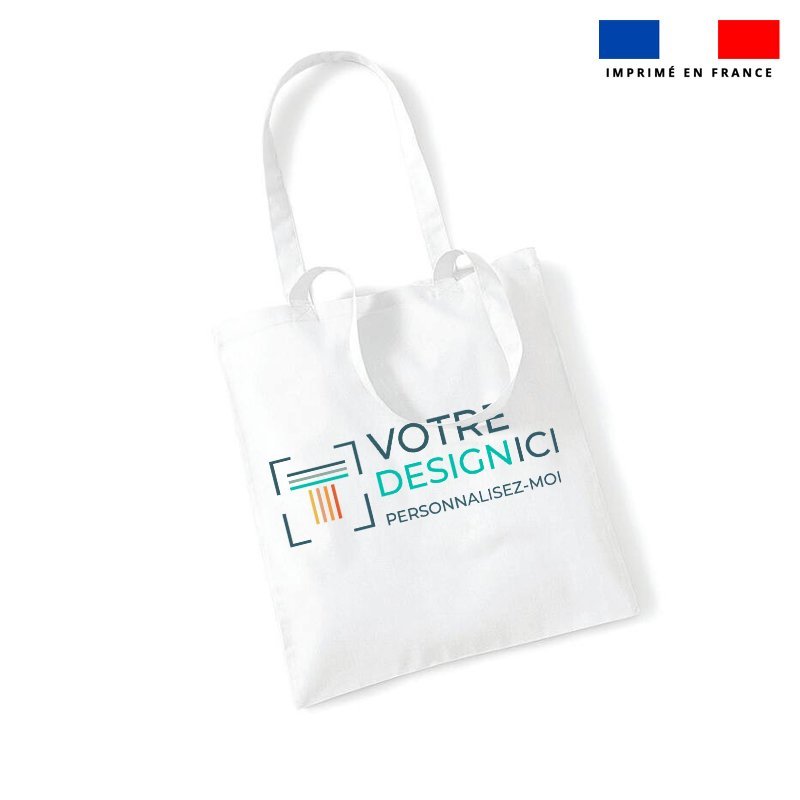
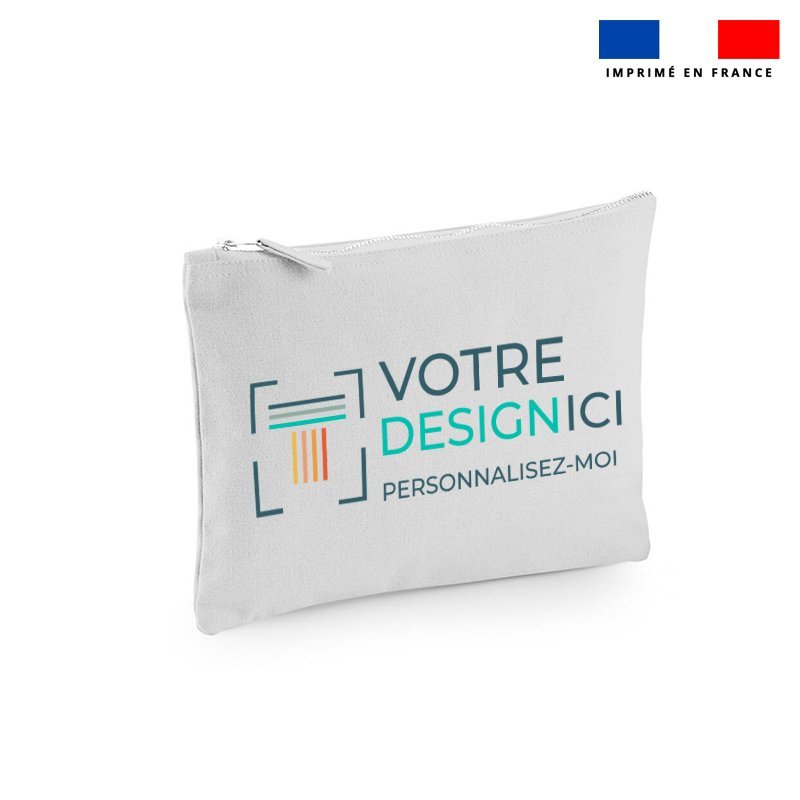
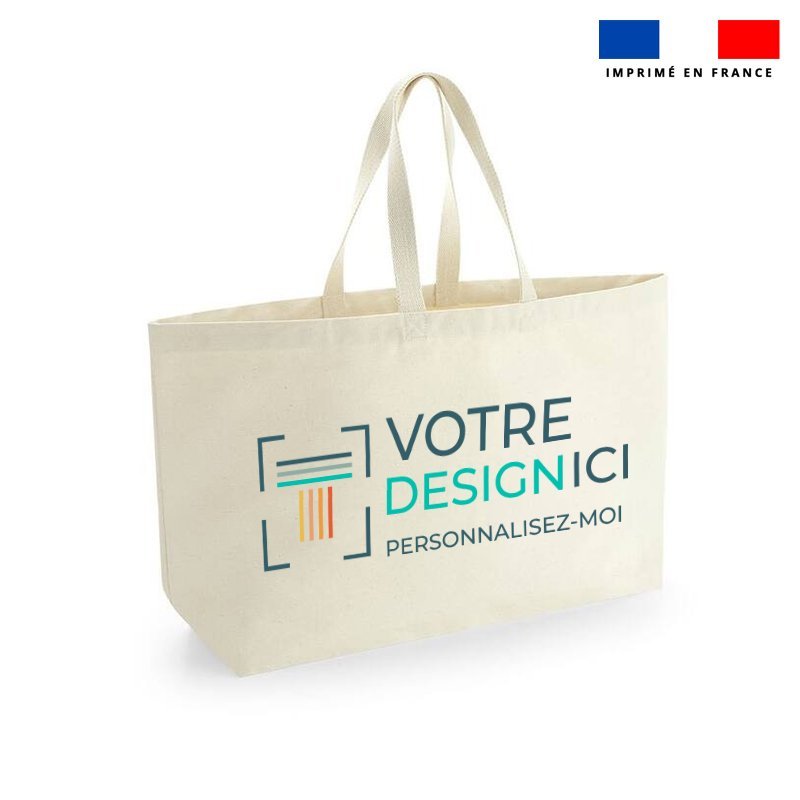
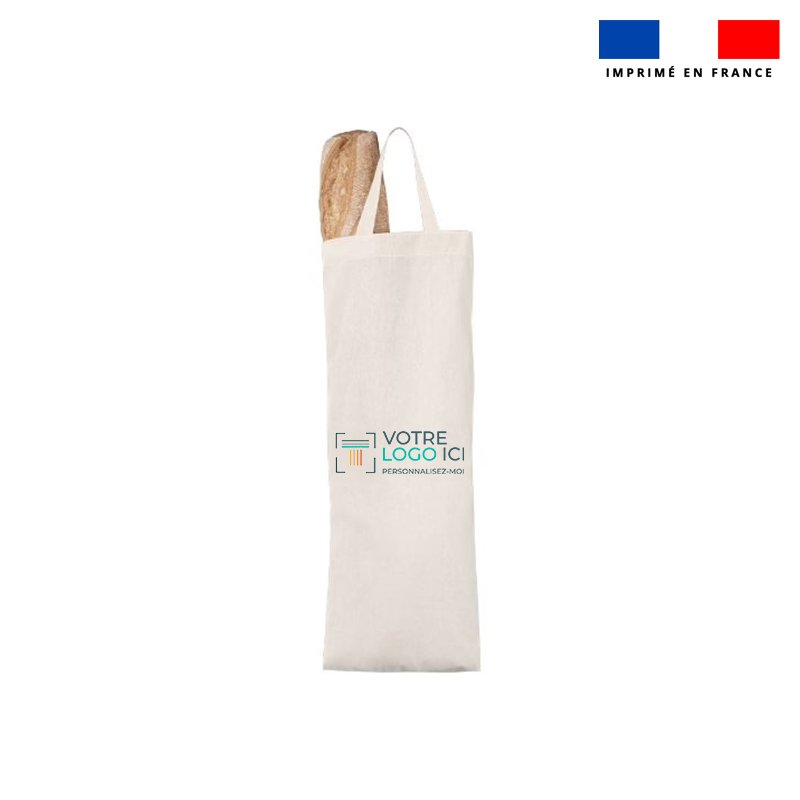
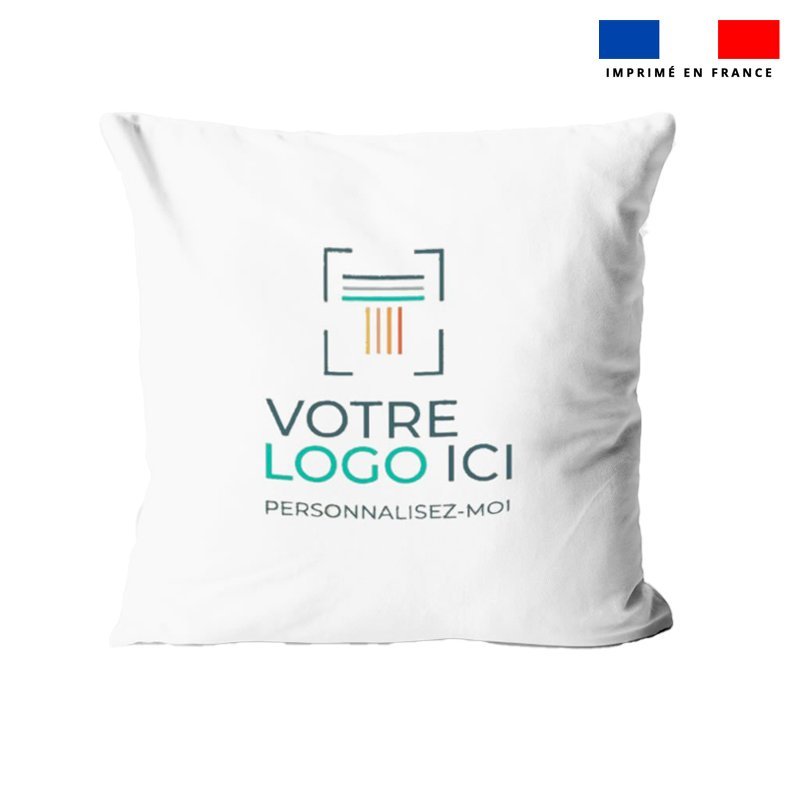
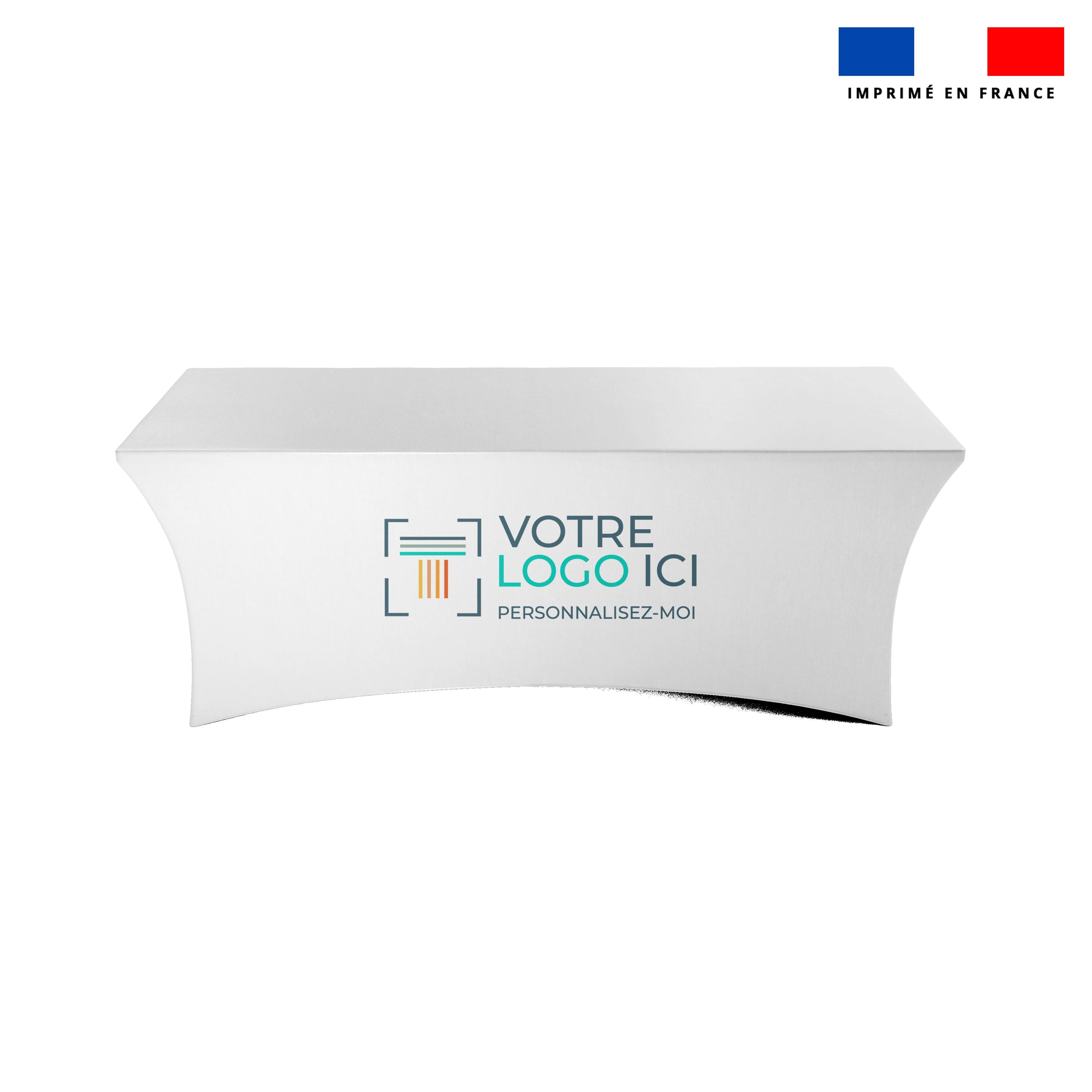
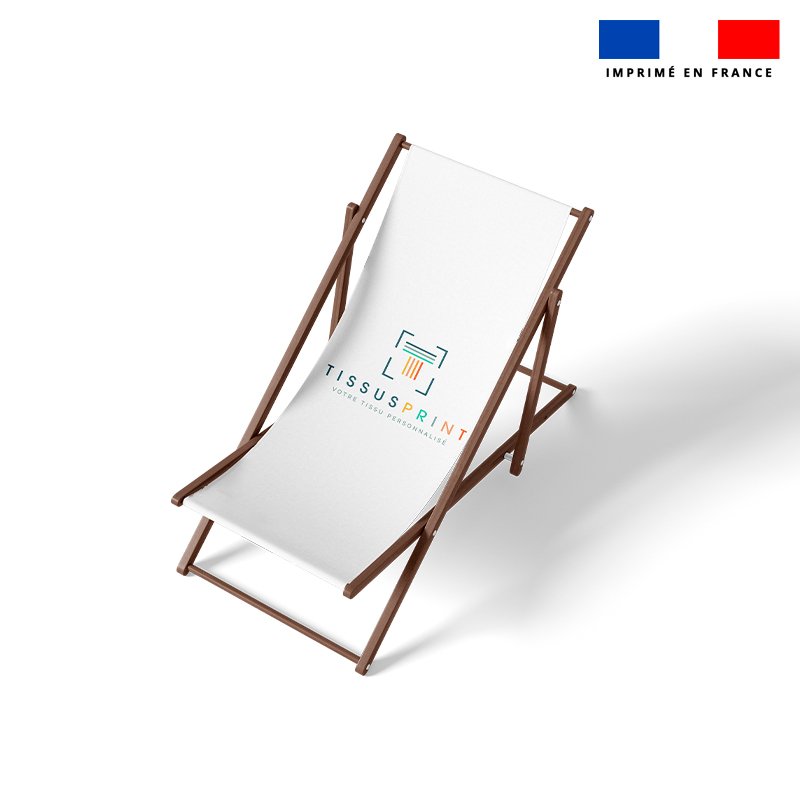
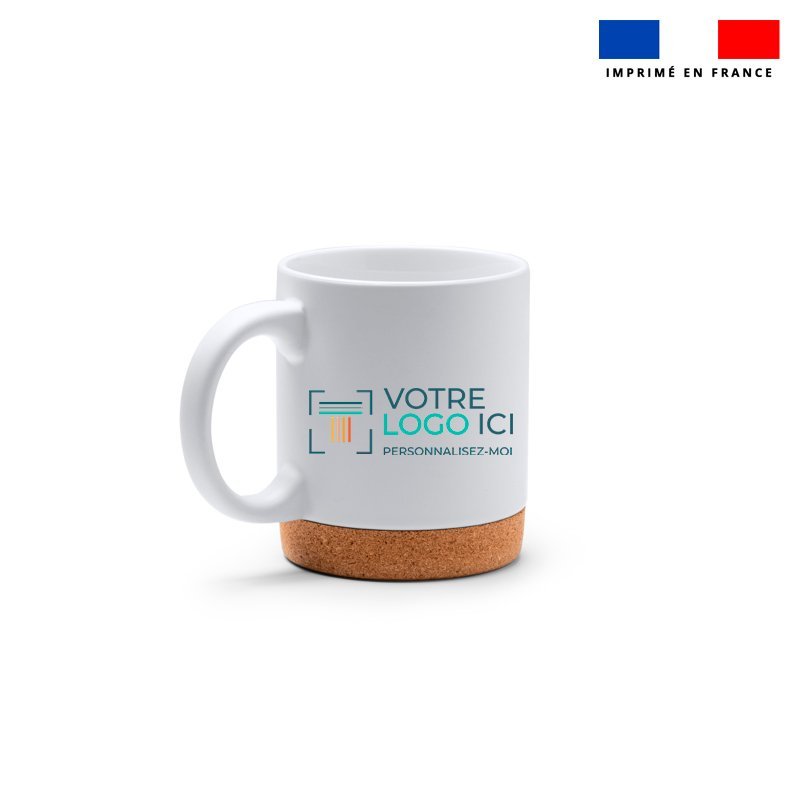
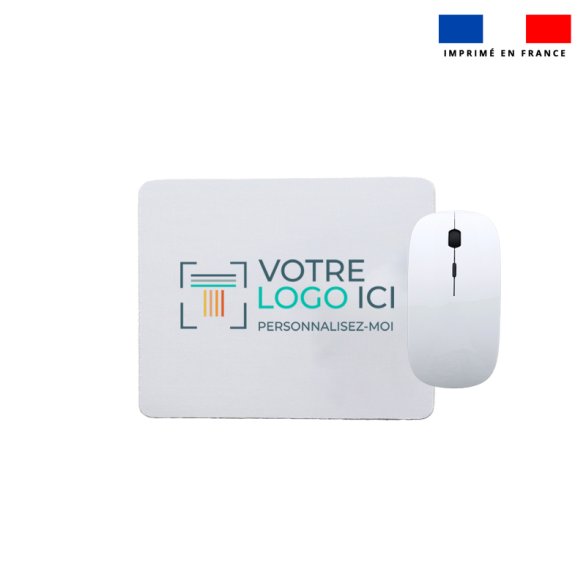
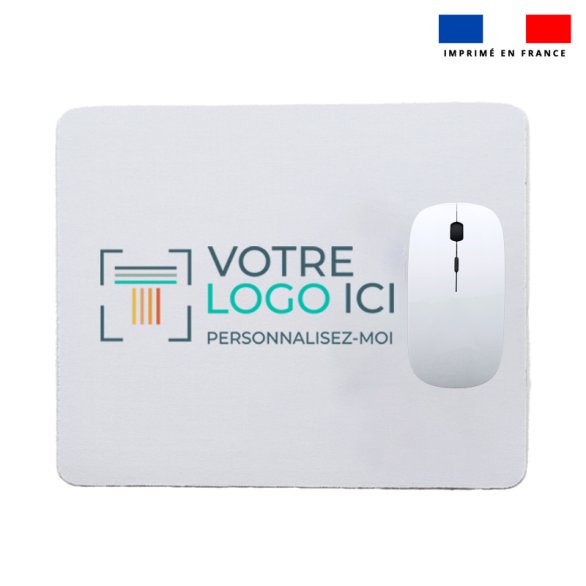
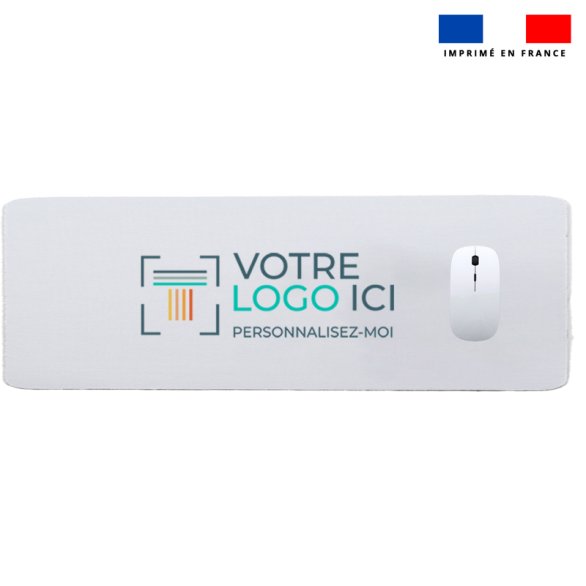
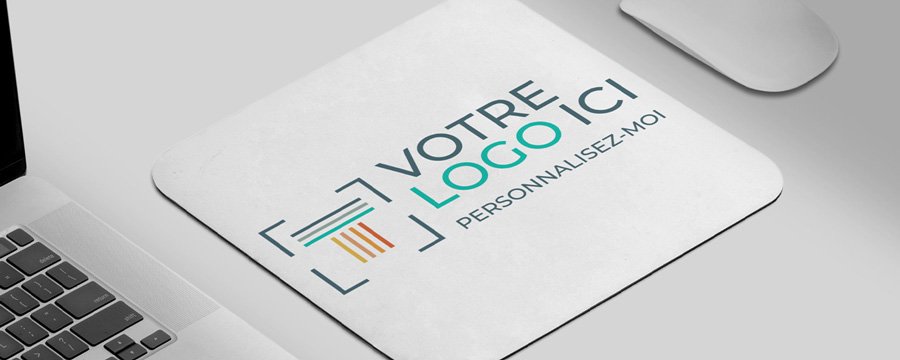
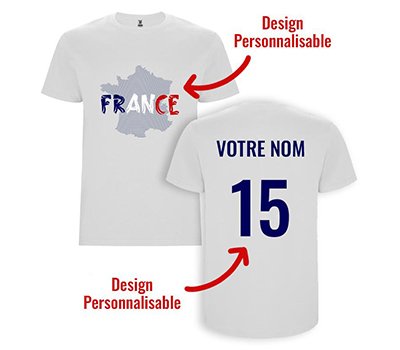
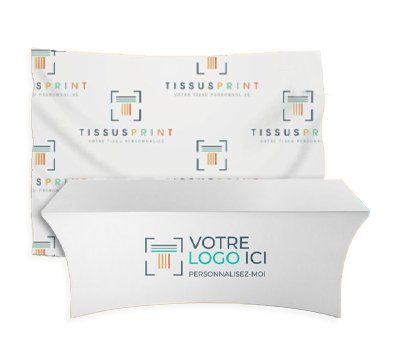

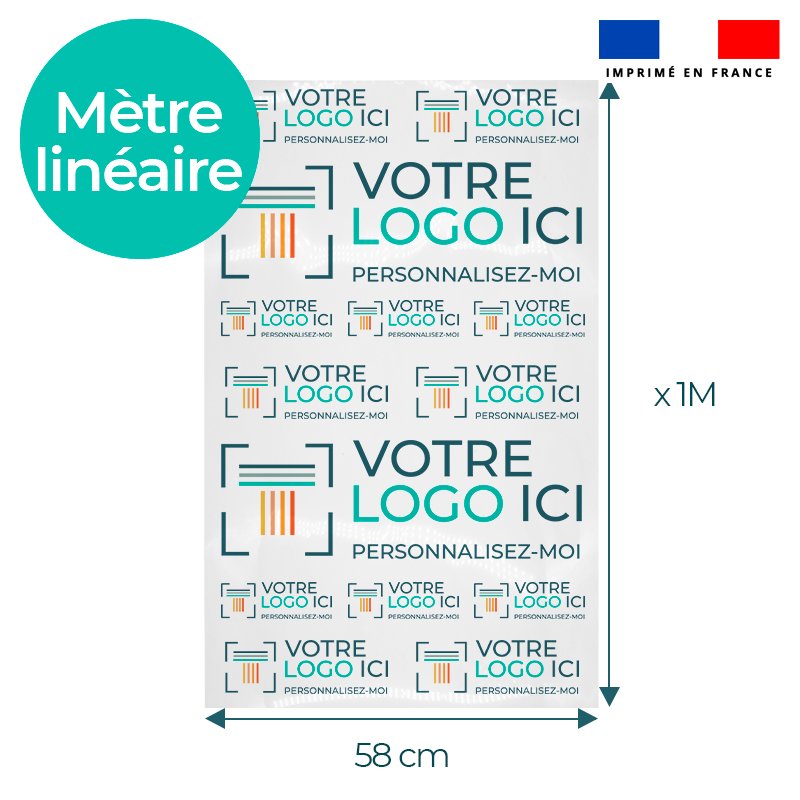
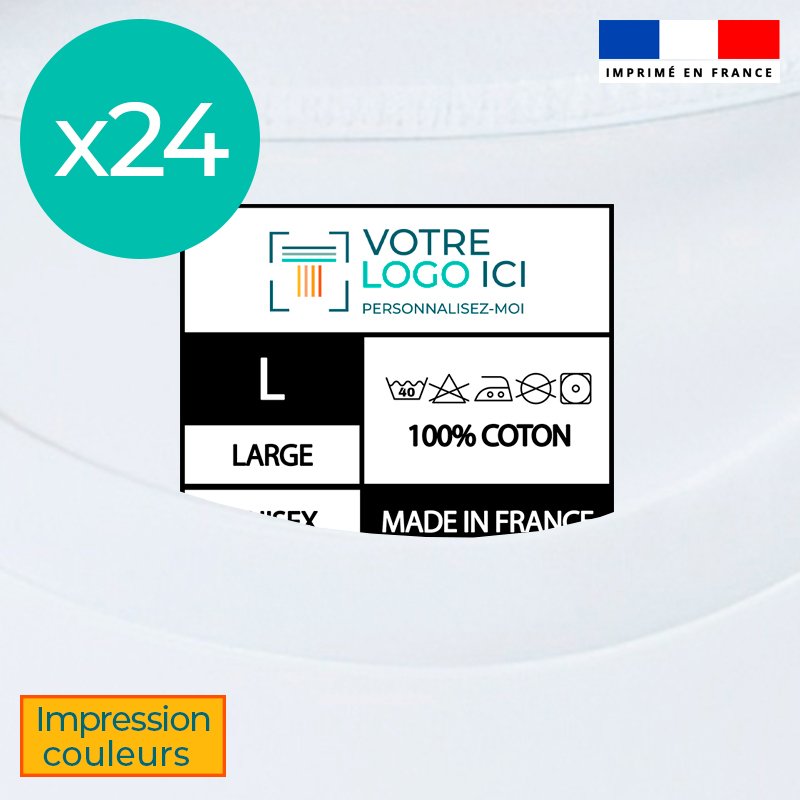
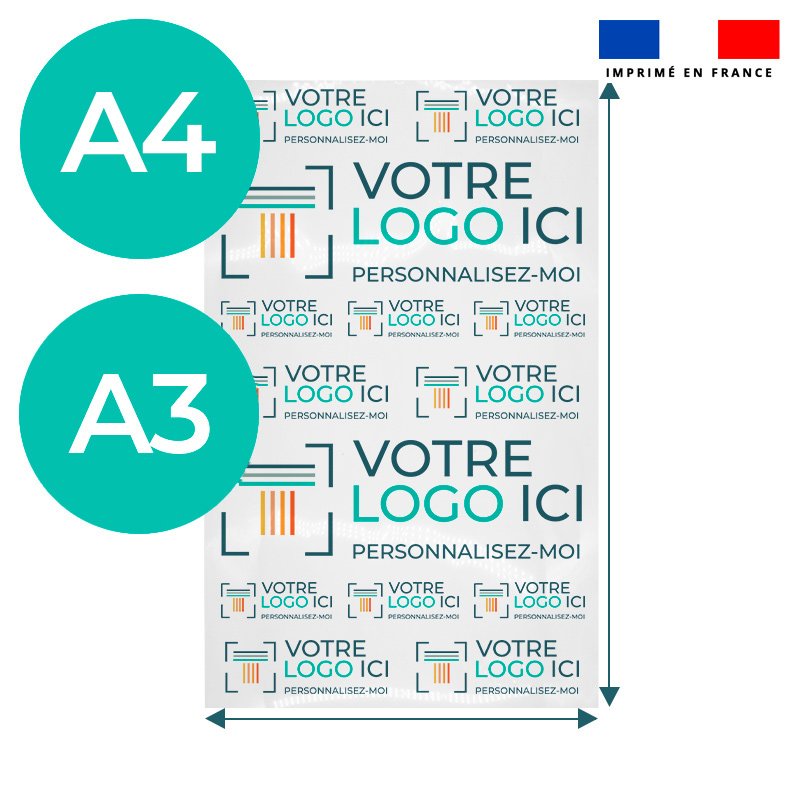
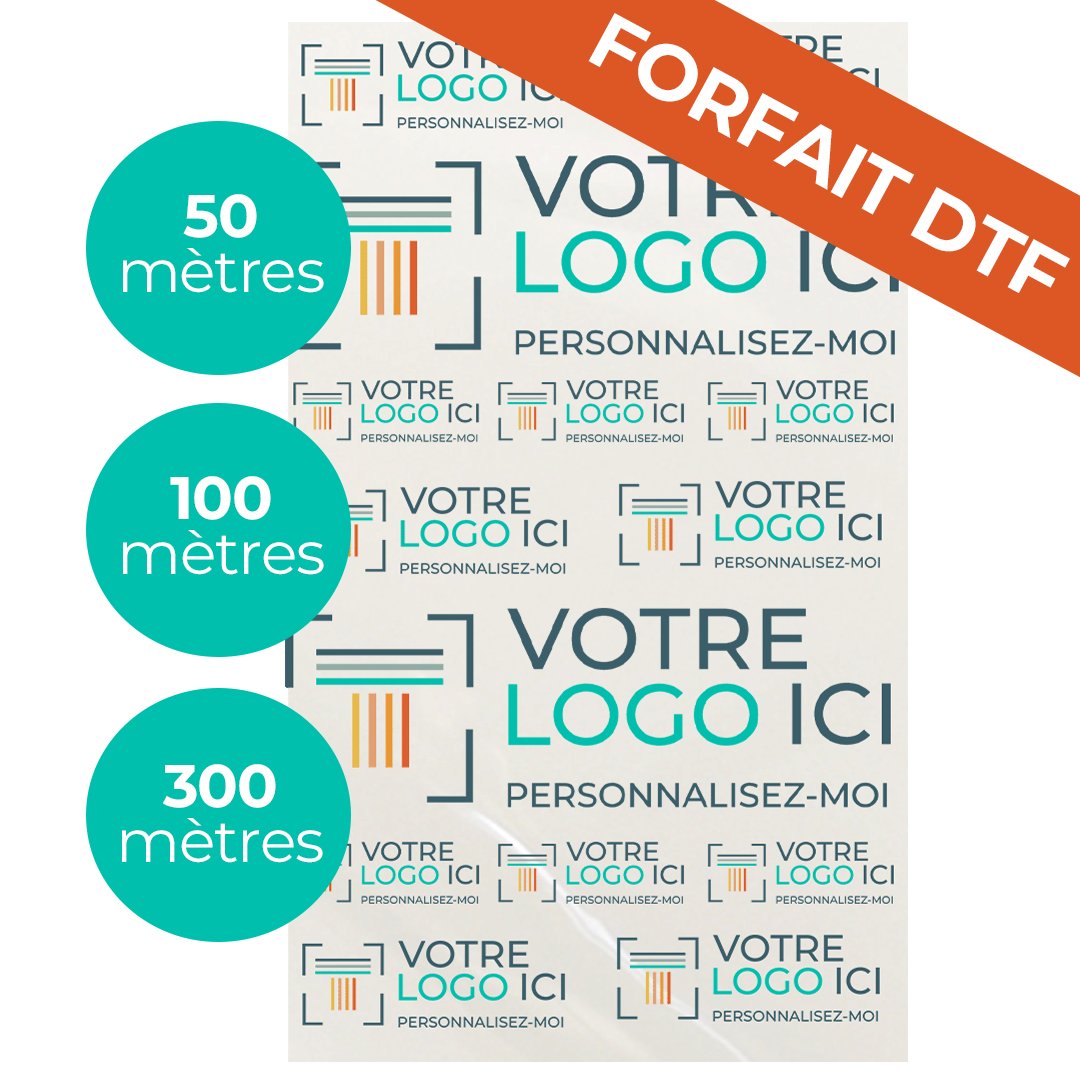
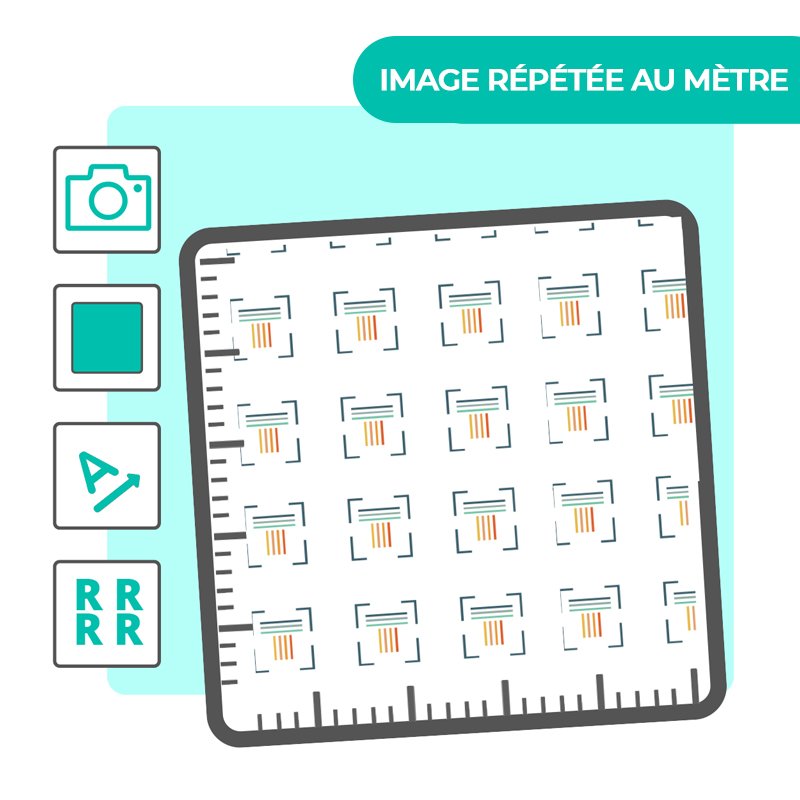
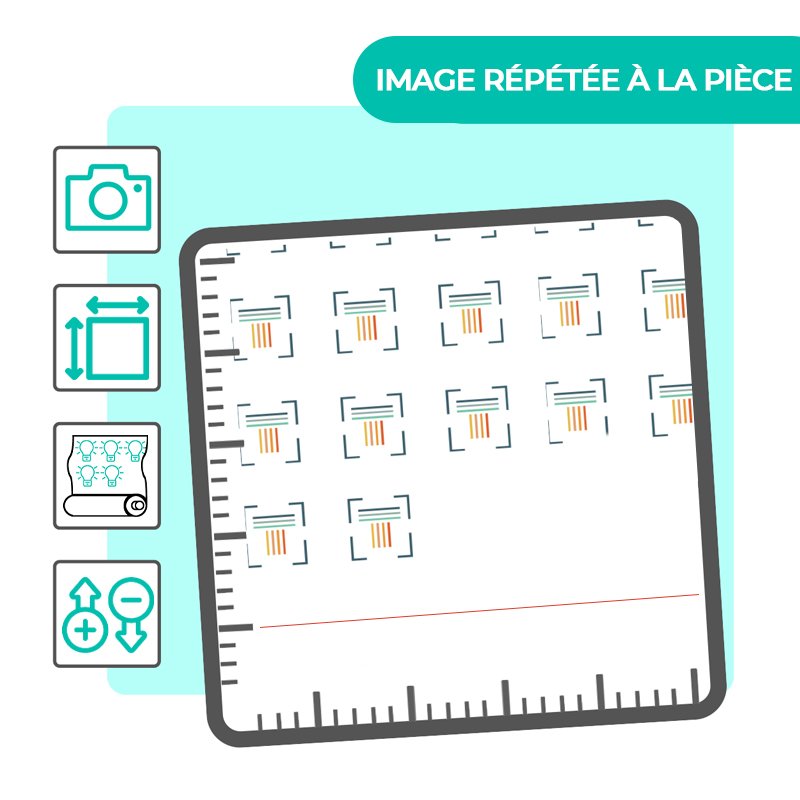
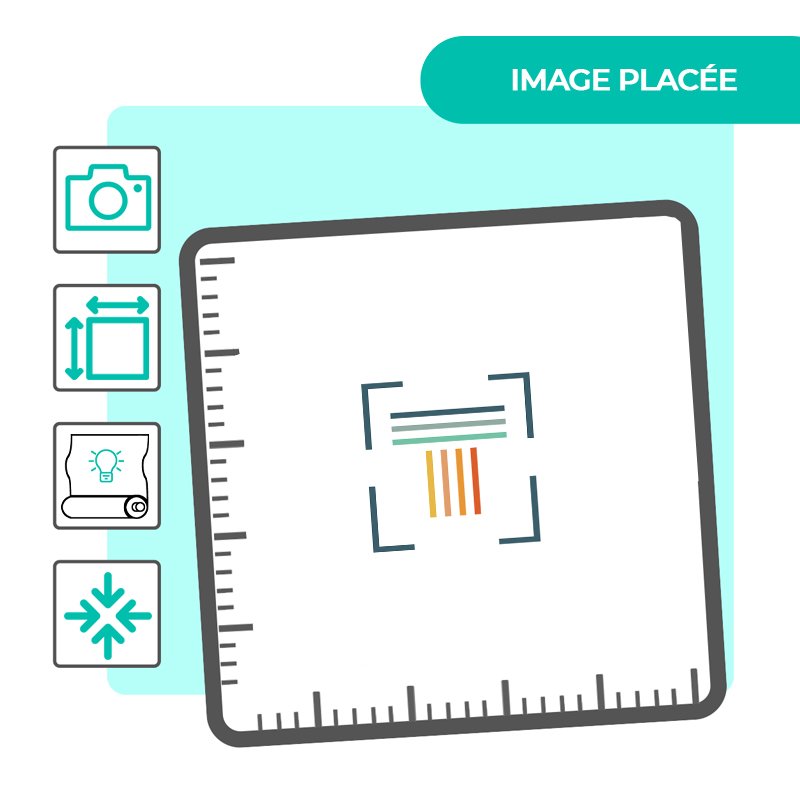
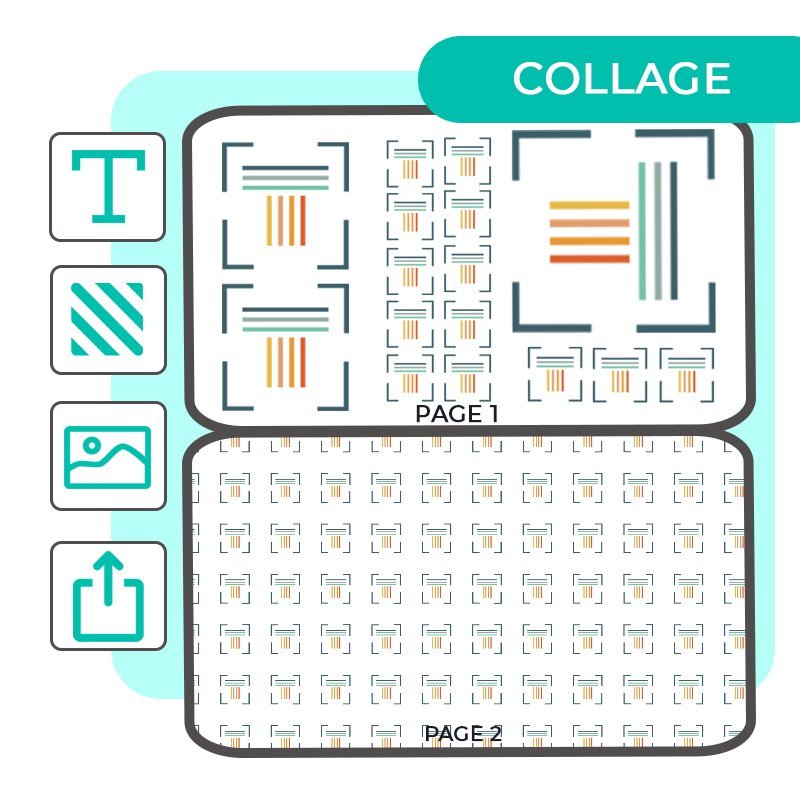
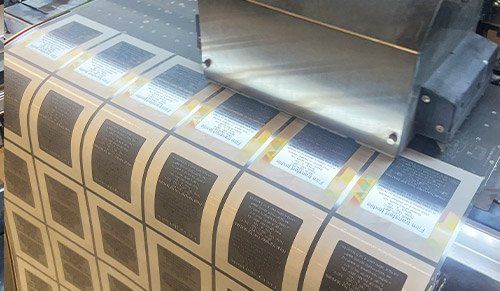
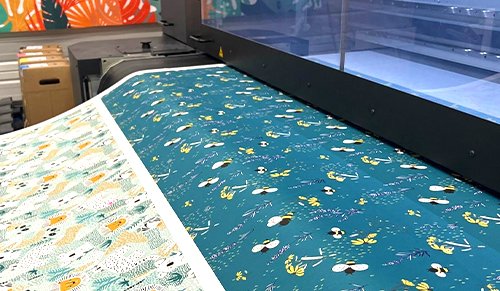
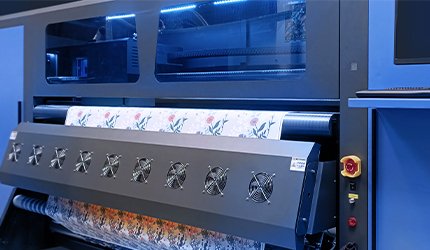
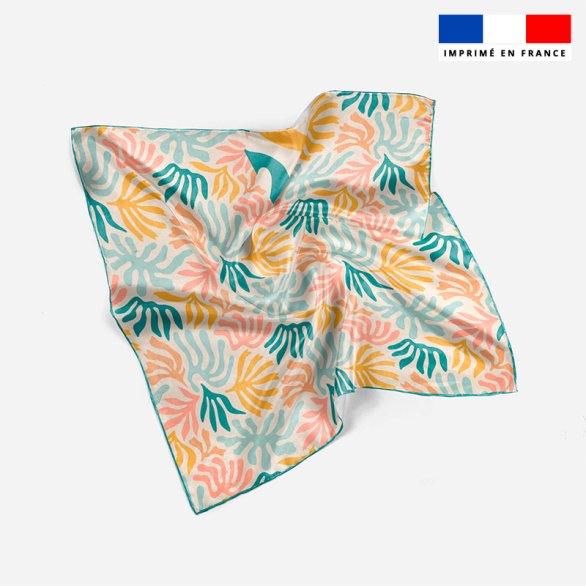
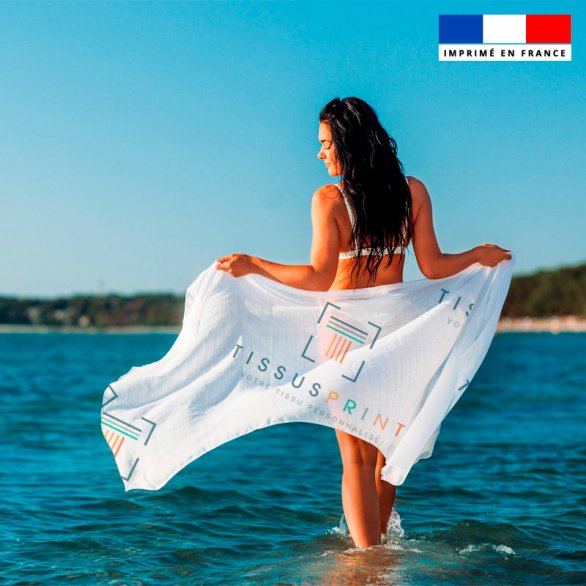
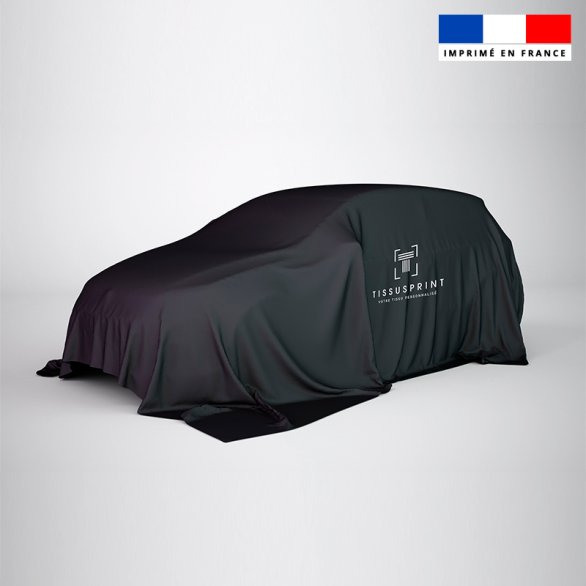
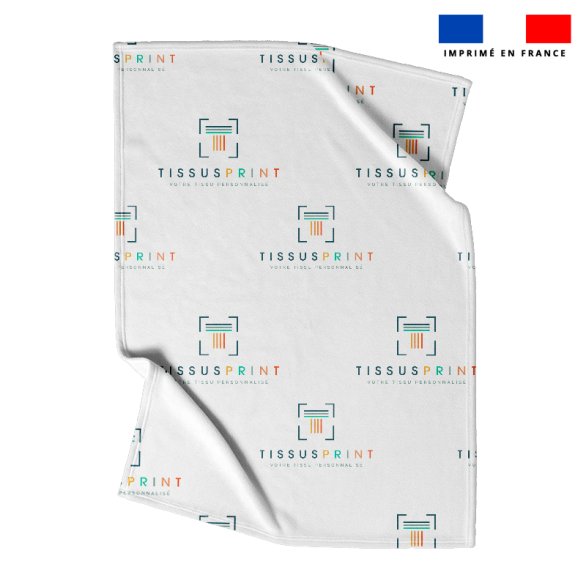
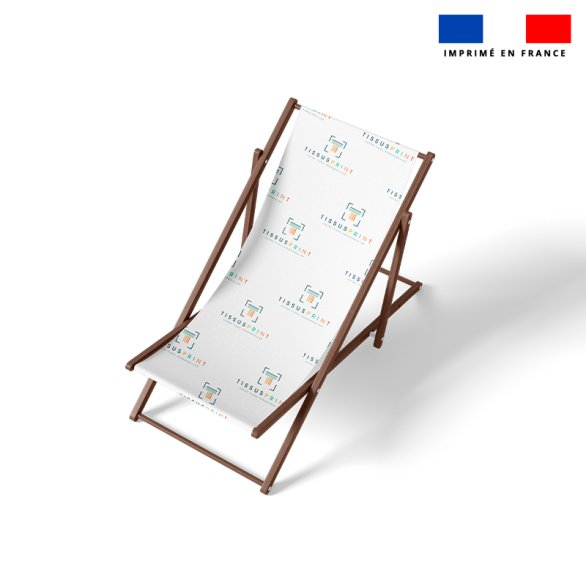
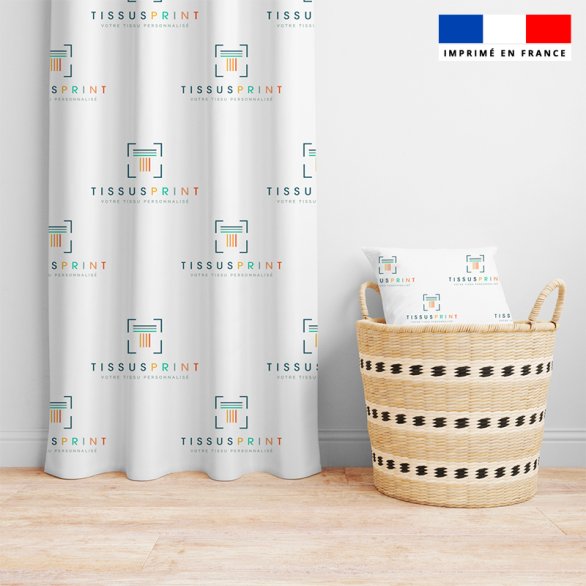
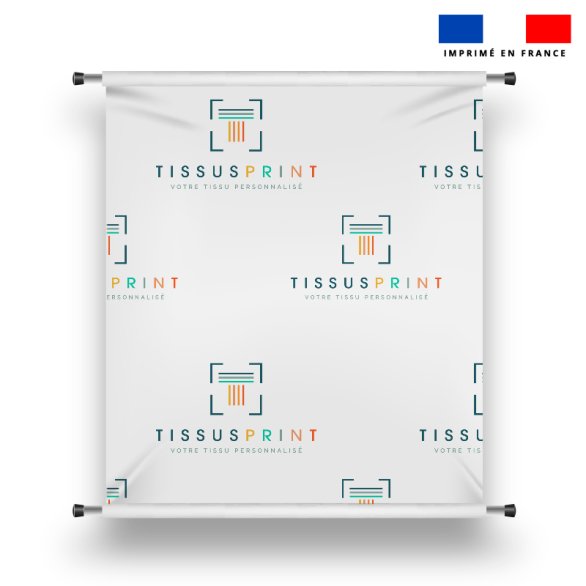
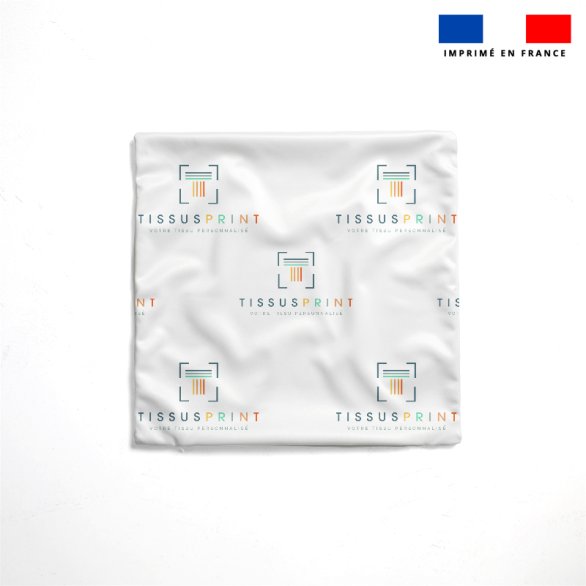
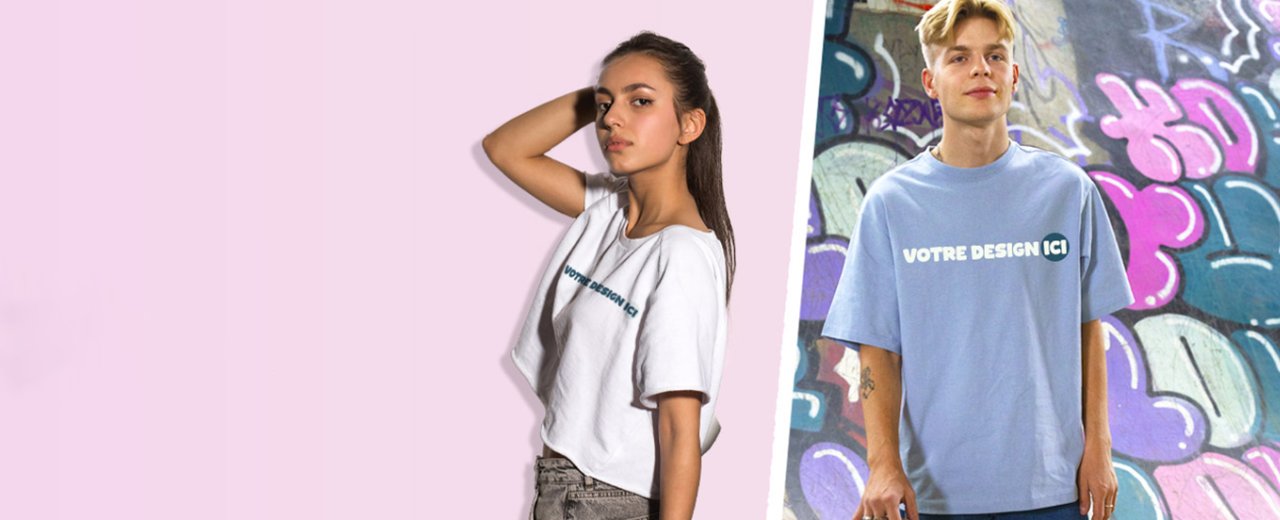
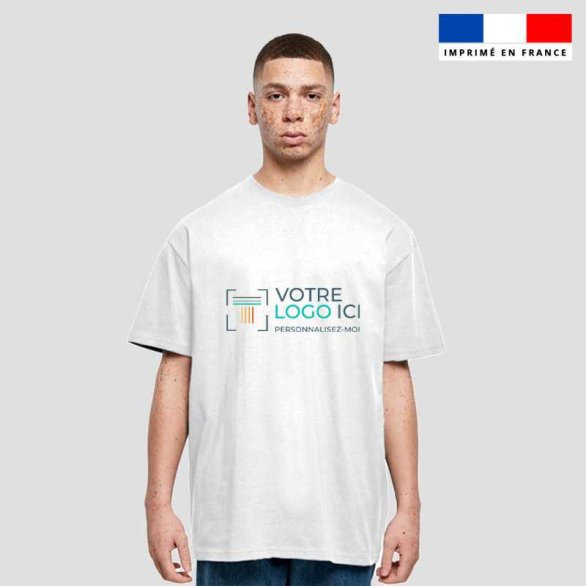

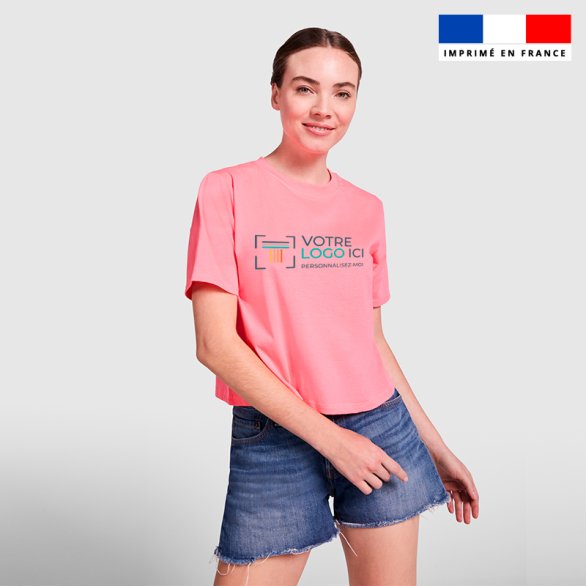


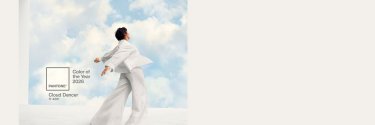
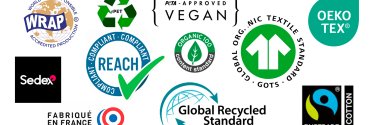

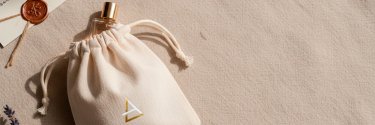

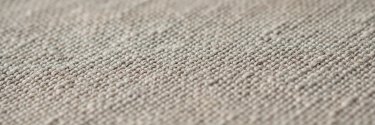
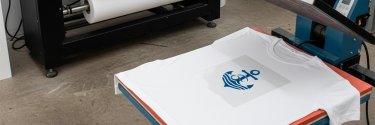
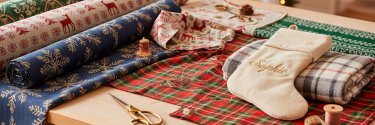

0 commentaires